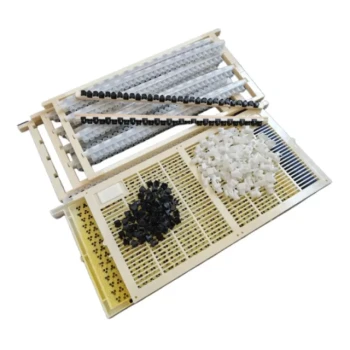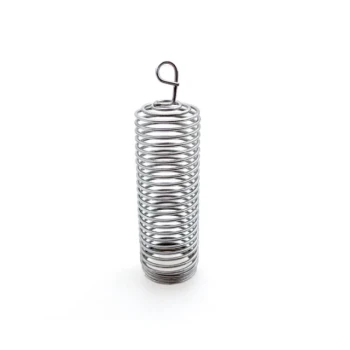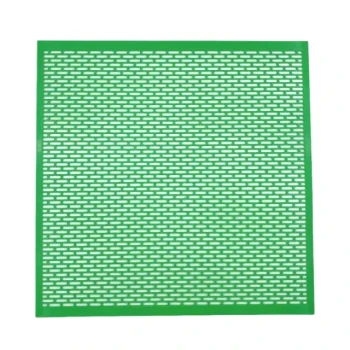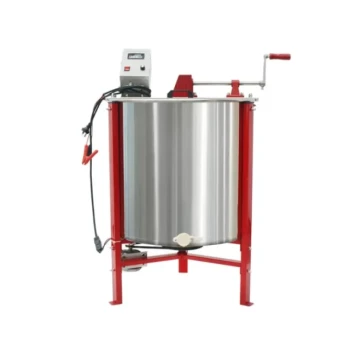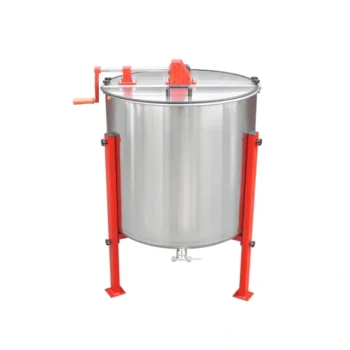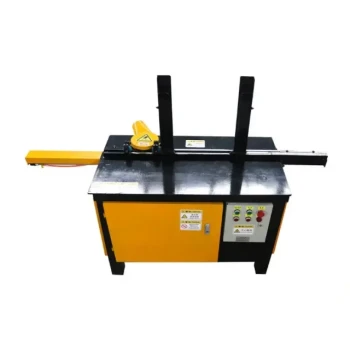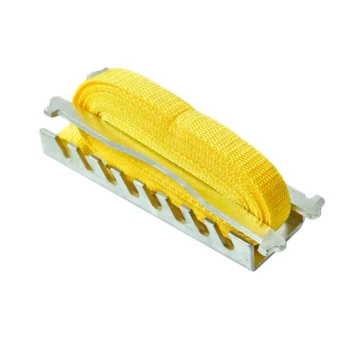At its core, queen rearing is the controlled process of encouraging a colony of bees to produce a new queen. The two primary methods involve either isolating a laying queen with prepared cups for her to lay in directly, or the more common technique of grafting, where the beekeeper manually transfers very young larvae from the brood comb into artificial queen cups.
Successful queen rearing is less about the specific mechanical method you choose and more about creating the perfect biological conditions. Your success hinges on providing the right resources, genetics, and colony strength to convince the bees to raise a new, high-quality queen.
The Foundational Requirements for Success
Before you even consider a specific method, you must ensure the fundamental requirements are met. Without these, any attempt is likely to fail or produce a weak, inferior queen.
Optimal Environmental Conditions
A light, steady nectar flow and an abundance of high-quality pollen are crucial. These resources signal to the bees that the environment is stable and can support the creation of a new queen.
Avoid attempting to rear queens during a heavy honey flow, as the colony's focus will shift entirely to nectar collection and storage, not raising brood.
A Strong Drone Population
A new queen is useless if she cannot mate successfully. Your apiary and the surrounding area must have a large population of sexually mature, high-quality drones for the queen's mating flight.
The Right Genetics (The Queen Mother)
The queen whose eggs or larvae you use—the "queen mother"—determines the genetic potential of your new queens.
Select a mother from a colony that exhibits ideal characteristics: a gentle temperament, high disease resistance, excellent honey production, and a low tendency to swarm.
Prepared Starter and Finisher Colonies
You need strong, populous colonies to care for the developing queens. A "starter" colony is a queenless hive primed to begin building out the queen cells, while a "finisher" colony will feed and tend to the cells until they are ready to hatch.
Core Methods of Queen Rearing
With the proper conditions in place, you can choose the method that best fits your skill level and goals.
Method 1: Grafting Larvae
This is the most common technique used by commercial and serious hobbyist beekeepers. It involves using a special tool to carefully lift newly hatched larvae (less than 24 hours old) from their cells and place them into prepared queen cups.
This method offers the highest degree of control over the age of the larvae, which directly impacts the quality of the resulting queen.
Method 2: The Direct Lay Method
In this approach, a laying queen is confined to a frame containing synthetic queen cups. The beekeeper encourages her to lay eggs directly into these cups, eliminating the need for manual transfer.
Once the eggs are laid, the frame is removed, and the bees are left to raise the queens from the eggs in those cups.
Method 3: The Opportunistic Nuc Method
This is a simple method that works well for small-scale beekeepers. A frame of brood containing a naturally produced "swarm cell" is taken from a populous hive and placed into a small nucleus hive (a "nuc").
You must ensure the frame has enough nurse bees to care for the cell and add a frame of honey or a feeder. This is a fast way to get a mated queen, but it relies on finding a pre-existing swarm cell.
Understanding the Trade-offs
No single method is perfect for every situation. Understanding the advantages and disadvantages is key to making an informed decision.
Grafting: Precision vs. Skill
Grafting gives you maximum control over production, but it requires good eyesight, a steady hand, and practice. Mishandling the delicate larvae can easily damage them.
Direct Lay: Simplicity vs. Queen Acceptance
This method avoids the delicate process of grafting, but its success depends entirely on the queen's willingness to lay eggs in the artificial cups. Some queens will not cooperate.
Using Swarm Cells: Speed vs. Genetics
Using a swarm cell is the fastest path to a new queen, but you are propagating genetics with a high tendency to swarm. The timing is also opportunistic, not planned.
The Nuc Method Without Swarm Cells
If you create a queenless nuc without a swarm cell, the bees will eventually raise their own emergency queen. However, this process takes much longer, and the resulting queen may be of lower quality because the bees may start with larvae that are too old.
Choosing the Right Method for Your Apiary
Your choice should be guided by your specific goals, scale, and experience level.
- If your primary focus is large-scale production and genetic control: Grafting offers the most precision and scalability for raising many queens from select stock.
- If your primary focus is simplicity for a few hives: Using an existing swarm cell in a nuc is the most straightforward and least technical approach.
- If your primary focus is a balance of control and ease: The direct lay method is a good compromise, assuming you can get your queen to cooperate.
Ultimately, your role as a beekeeper is to facilitate the natural process by providing the ideal environment for your bees to raise the best possible queen.
Summary Table:
| Method | Best For | Key Advantage | Key Challenge |
|---|---|---|---|
| Grafting Larvae | Large-scale production, genetic control | Maximum precision & control | Requires skill, steady hands |
| Direct Lay Method | Balance of control & ease | No delicate grafting needed | Queen must accept artificial cups |
| Opportunistic Nuc | Small-scale, simplicity | Fast & straightforward | Relies on finding swarm cells |
Ready to elevate your queen rearing operation? HONESTBEE supplies commercial apiaries and beekeeping equipment distributors with the high-quality, durable supplies needed for success. From grafting tools to nuc boxes, our wholesale-focused operations ensure you get the right equipment for your scale. Let's discuss how our products can support your specific methods and improve your queen quality. Contact our expert team today for a consultation.
Visual Guide
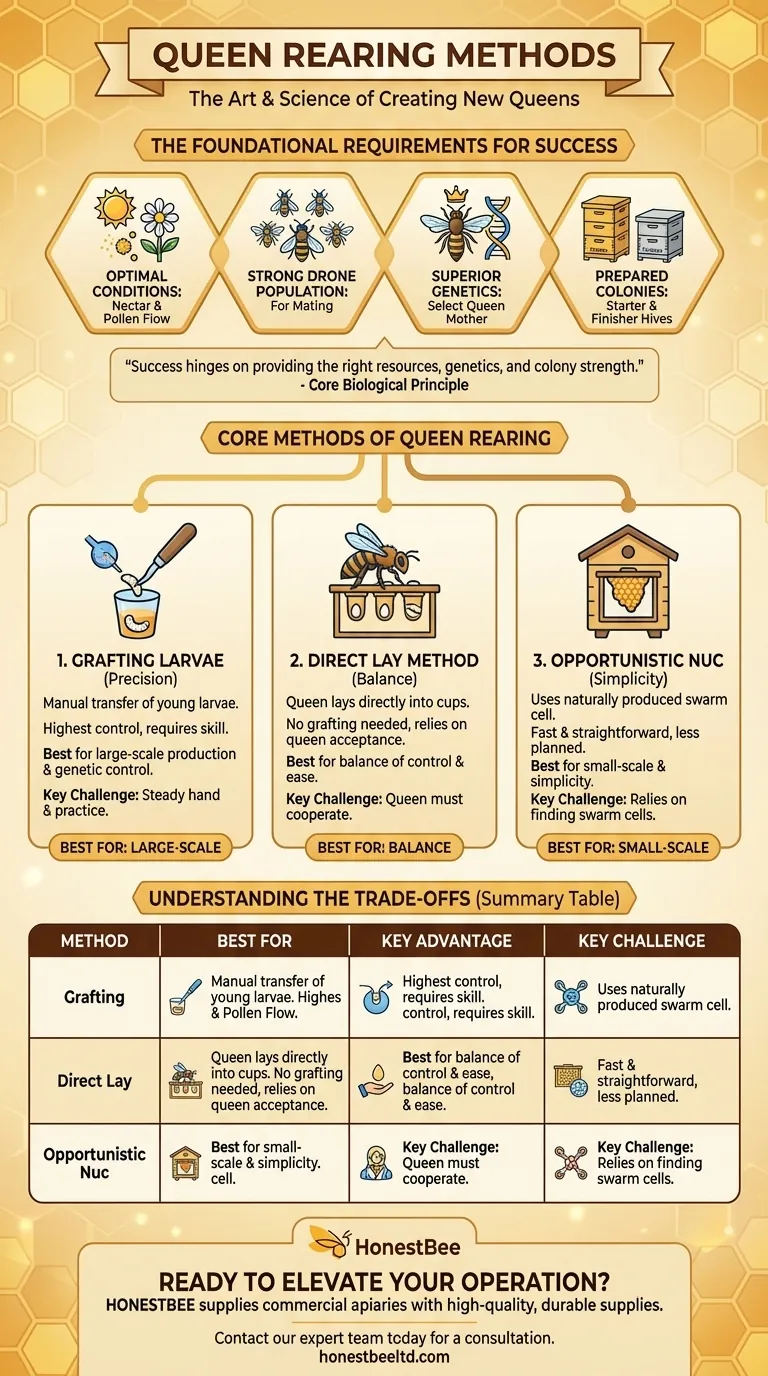
Related Products
- Jenter Queen Rearing Kit Complete Set for Bee Breeding
- Nicot Queen Rearing Kit for Beekeeping and Grafting in Nicot System
- No Grafting Queen Rearing Kit: System for Royal Jelly Production and Queen Rearing
- Retractable Chinese Queen Rearing Grafting Tools Equipment
- Plastic Chinese Queen Grafting Tool for Bee Queen Rearing
People Also Ask
- What happens to the colony population during the 5–6 weeks after a new queen emerges? Understand the Natural Dip and Rebound
- What is queen rearing in beekeeping? Take Control of Your Apiary's Genetics
- What is the timeline for queen breeding? A 28-Day Guide from Egg to Laying Queen
- What are the implications of delayed oviposition in queen bees? A Strategy for Superior Queen Quality
- What were the size differences among queens reared from worker larvae? Maternal Origin Determines Queen Size


